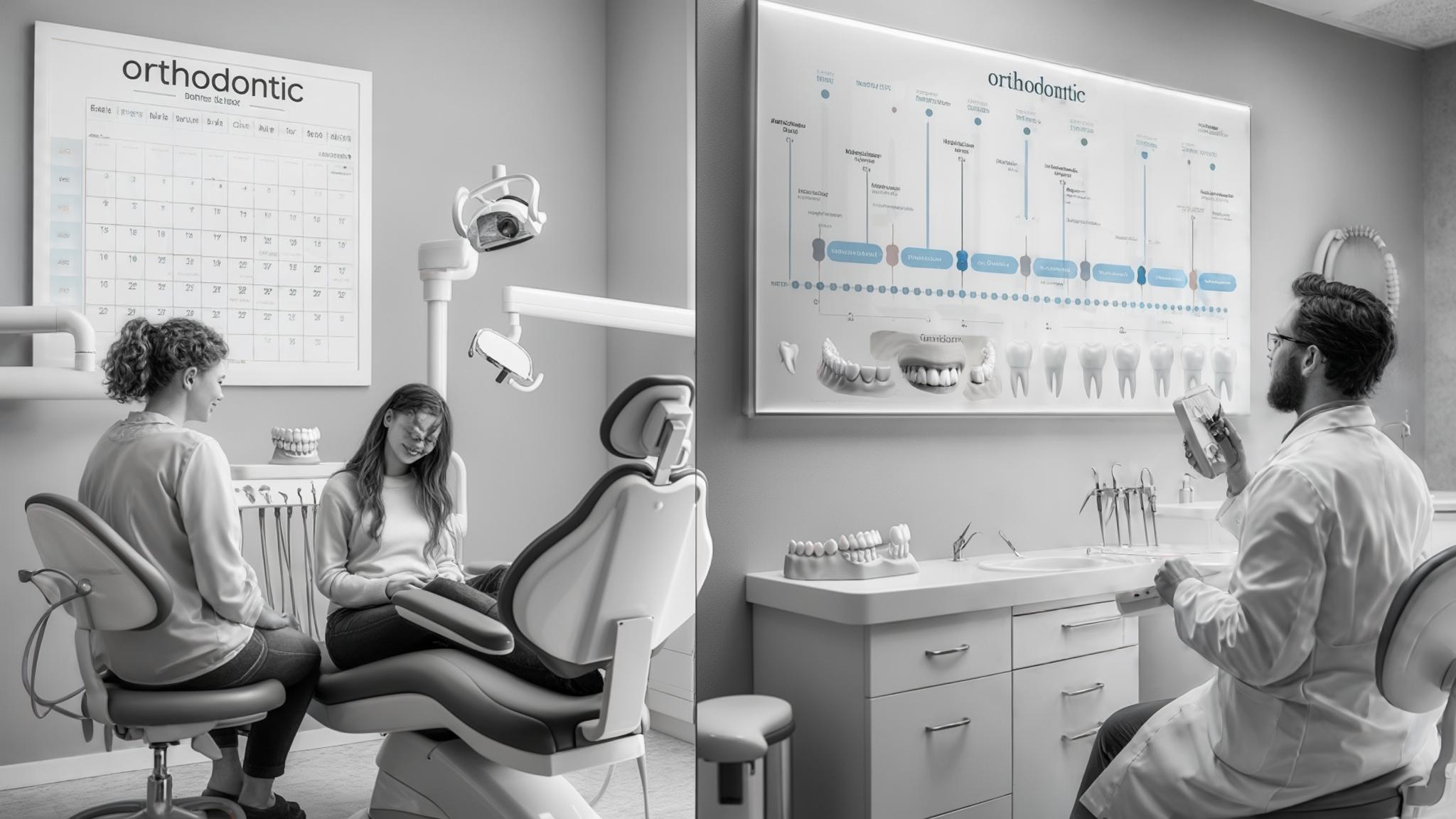Understanding Orthodontics and Its Importance
Orthodontics is a specialized branch of dentistry focused on diagnosing, preventing, and correcting misaligned teeth and jaws. This field plays a crucial role not only in enhancing the aesthetic appeal of a smile but also in improving overall dental health. Proper alignment of teeth can prevent issues such as tooth decay, gum disease, and excessive wear on tooth enamel. In this article, we will explore the typical duration of orthodontic treatments and the various factors that influence this timeline.
Understanding Orthodontic Treatment
Orthodontic treatment comes in various forms, each designed to address specific dental issues:
- Traditional metal braces: These are the most common type, using metal brackets and wires to gradually move teeth into place.
- Ceramic braces: Similar to metal braces but made of clear or tooth-colored materials to be less noticeable.
- Lingual braces: Placed on the backside of the teeth, making them invisible from the front.
- Clear aligners (e.g., Invisalign): Custom-made, removable trays that fit over the teeth and are less visible than traditional braces.
Orthodontic treatments address a range of dental issues, such as:
- Crowding: When there isn't enough space for teeth to fit normally.
- Spacing: Gaps between teeth that may affect appearance or function.
- Overbite: When the upper teeth significantly overlap the lower teeth.
- Underbite: When the lower teeth extend past the upper teeth.
- Crossbite: When some upper teeth sit inside the lower teeth when biting.
Average Duration of Orthodontic Treatment
The duration of orthodontic treatment varies depending on the type of appliance used and the individual case:
- Traditional braces: Typically take 18-24 months.
- Ceramic braces: Generally have a similar timeline to metal braces.
- Lingual braces: Can range from 18 to 36 months due to their complexity.
- Clear aligners: Usually take 6-18 months, depending on the severity of the case.
It's essential to have an individual assessment by an orthodontist to determine the most accurate timeline for your specific needs.
Factors Affecting Treatment Time
Several factors can influence how long orthodontic treatment takes:
- Severity of the dental issue: Mild cases may resolve quicker than severe ones, which require more complex tooth movements.
- Age of the patient: Children often experience faster results due to ongoing growth, while adult treatments may take longer.
- Type of orthodontic appliance used: The choice between braces and aligners can affect the speed of treatment, with aligners offering more customization.
- Patient compliance: Following the orthodontist's instructions, attending appointments, and maintaining proper care are crucial for timely progress.
- Biological response to treatment: Individual differences in tooth movement and bone remodeling can affect the duration.
The Role of Orthodontic Technology
Advances in technology have significantly impacted orthodontic treatment:
- 3D imaging and treatment planning: Allow for precise mapping of tooth movement and anticipated results.
- Accelerated orthodontics: Techniques like Propel and AcceleDent can potentially reduce treatment time by stimulating bone remodeling.
These advancements can make orthodontic treatment more efficient and comfortable.
Regular Monitoring and Adjustments
Regular check-ups are vital to ensure the success of orthodontic treatment. The frequency of adjustments can directly impact the duration of treatment. Orthodontists use these visits to track progress and make necessary changes to the treatment plan, ensuring the best possible outcomes.
Conclusion
Orthodontic treatment duration is influenced by several factors, including the type of treatment, severity of the dental issue, and patient compliance. Personalized treatment plans are essential, as each individual's needs and responses can vary. If you're considering orthodontic treatment, consult with an orthodontist to receive tailored advice and develop a plan that suits your unique situation.

